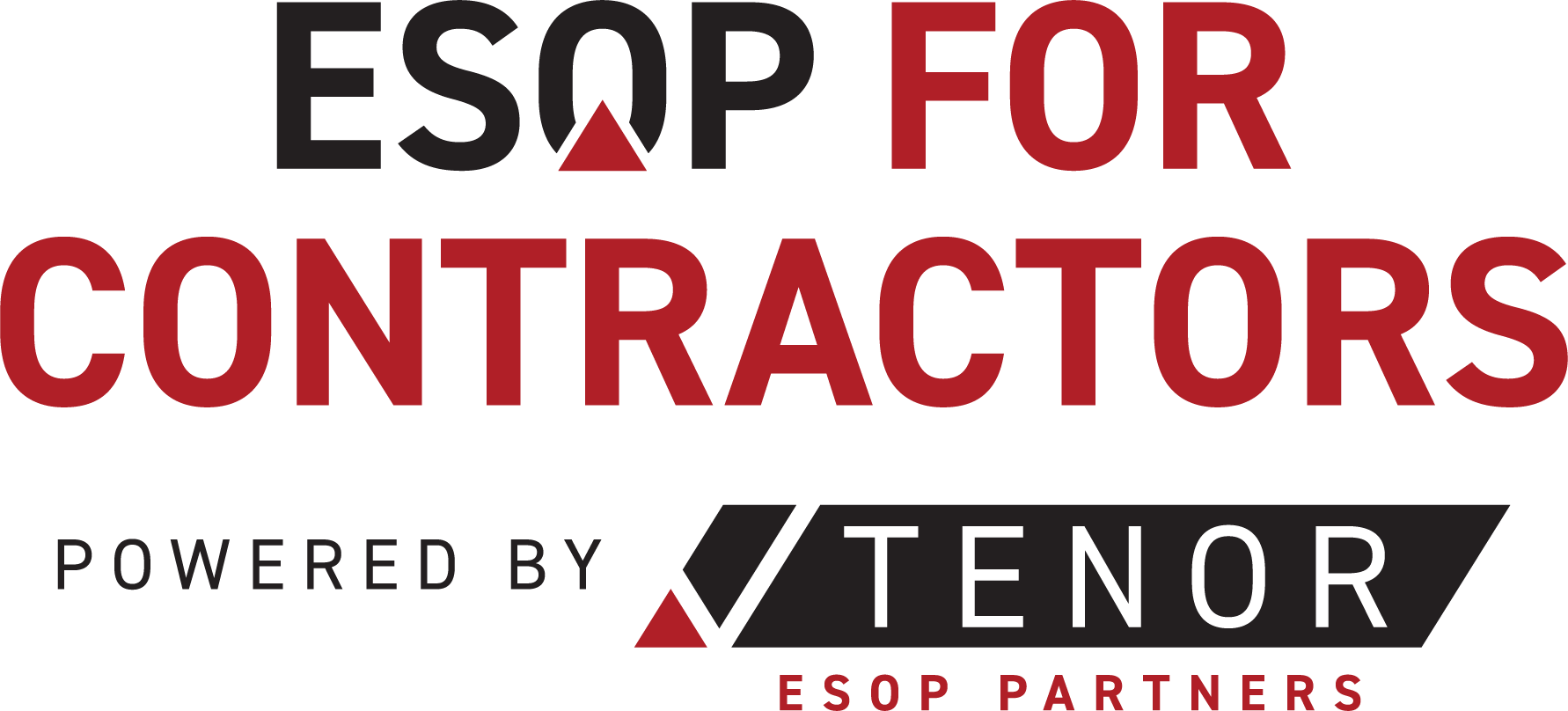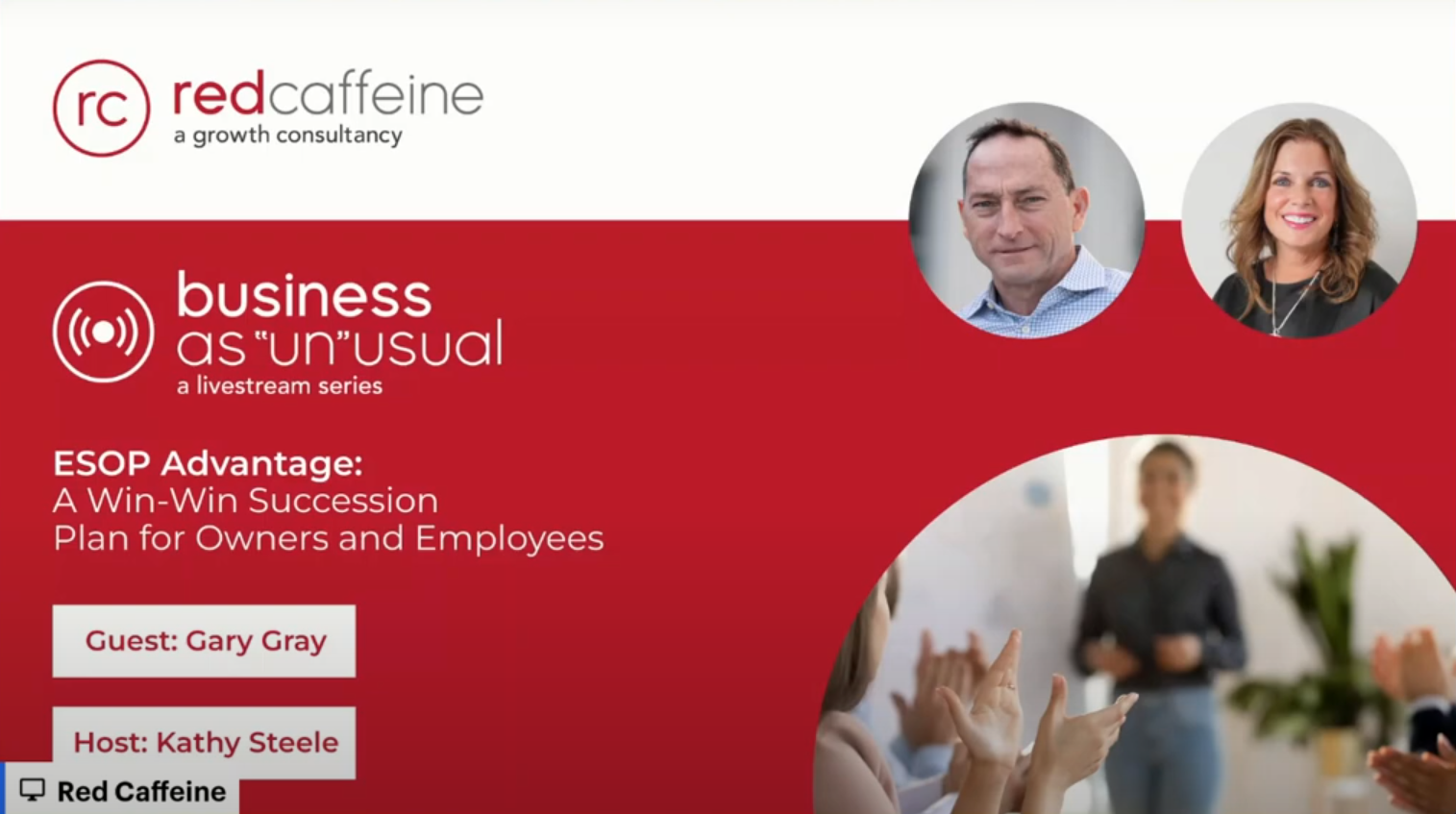Time to read: 7 minutes
Maintaining Client Relationships Through Ownership Changes
Why Client Relationships Are Your Most Valuable Transition Asset
In the contracting business, your client relationships often represent your most valuable—yet most vulnerable—assets during ownership transitions. While equipment can be easily transferred and projects can be completed under new leadership, client relationships built on years of trust can erode quickly if not properly managed during ownership changes.
For most contracting businesses, 80% of future revenue typically comes from 20% of existing clients. Protecting these relationships throughout your transition ensures business continuity while preserving the value you've worked so hard to build. This guide provides proven strategies for maintaining strong client relationships during ownership transitions across various contracting sectors.
The Client Perspective: Understanding Transition Concerns
Successful relationship preservation begins with understanding your clients' legitimate concerns about your ownership transition:
Performance Continuity Concerns
Your clients worry primarily about continued quality and reliable project delivery. Manufacturing clients fear production disruptions that could affect their operations. Construction clients worry about project delays that impact their deadlines. Union contractors must maintain labor relationships that ensure workforce stability.
Relationship Continuity Concerns
Many clients have developed trust with specific individuals in your organization—often you personally. They worry these relationships will disappear after transition, leaving them working with unfamiliar contacts who don't understand their needs, preferences, and operational requirements.
Contract and Warranty Continuity Concerns
Existing agreements, warranties, and guarantees raise questions about continued validity under new ownership. Cement contractors with long-term maintenance agreements and specialty manufacturers with product warranties face particular scrutiny during transitions.
Strategic Approaches for Different Transition Types
Different transition approaches require specialized client relationship strategies:
Family Succession Relationship Management
When transitioning to family members, focus on:
- Gradual introduction of successors to key clients in progressively important roles
- Emphasizing continuity of values, quality standards, and operational approaches
- Highlighting complementary strengths between generations while maintaining established relationship patterns
Family successions benefit from emphasizing legacy and continuity, particularly with long-term clients who value stability. Construction contractors should involve next-generation leaders in project planning meetings. Manufacturing contractors should highlight production consistency through transition.
Management Buyout Relationship Preservation
When your leadership team purchases the business:
- Leverage existing client relationships already established by key managers
- Emphasize deeper bench strength as leadership expands beyond a single owner
- Demonstrate how the transition enhances capabilities while maintaining core values
Management buyouts typically present the lowest client relationship risk when properly communicated. Union contractors should emphasize labor relationship continuity. Cement contractors should highlight consistent quality control processes under new ownership.
Employee Ownership Transition Communication
Employee ownership transitions require specific messaging:
- Communicate how employee ownership enhances service commitment and quality
- Emphasize broadened leadership responsibility throughout the organization
- Highlight continuity of key personnel with enhanced motivation through ownership
Employee ownership transitions offer unique marketing advantages when properly positioned. Manufacturing clients often respond positively to the quality emphasis that employee ownership reinforces. Construction clients appreciate the workforce stability employee-owned companies typically create.
External Sale Relationship Management
Strategic sales to outside buyers present the greatest relationship risk:
- Implement formal transition plans for each significant client relationship
- Provide clear communication about integration benefits and operational continuity
- Maintain consistent project teams through the ownership change whenever possible
External sales require the most robust relationship preservation strategies. Construction contractors should maintain project manager consistency during transition. Manufacturing contractors should emphasize continued technical capabilities and product quality.
Proven Relationship Preservation Strategies
Regardless of your transition approach, these core strategies help maintain client relationships through ownership changes:
Progressive Relationship Transfer Process
Begin transitioning client relationships well before ownership changes occur:
- Identify key client relationships and document specific preferences, history, and unique requirements
- Introduce successors in supporting roles initially, progressively increasing their visibility and responsibility
- Allow clients to develop comfort with new leadership through shared experiences before the formal transition
This progressive approach proves particularly effective for cement contractors with long-term maintenance relationships and specialty manufacturers with complex client specifications.
Strategic Communication Timing and Content
Develop a structured communication plan addressing:
- When each client should be informed about the transition (timing varies by relationship importance and contract status)
- Who should deliver the message (typically the current relationship holder paired with the successor)
- What specific points should be emphasized (focus on continuity benefits and enhanced capabilities)
- How ongoing updates will maintain relationship momentum through the transition
Construction contractors should time communications around major project milestones. Manufacturing contractors should align announcements with production schedules to minimize disruption concerns.
Contract and Commitment Continuity
Address practical contractual concerns directly:
- Review existing agreements for assignment provisions or change-in-control clauses
- Provide clear written confirmation of warranty and guarantee continuity
- Maintain consistent billing and payment processes through the transition period
Union contractors should emphasize labor agreement continuity. Cement contractors should address long-term maintenance commitment transfer. Manufacturing contractors should document quality standard maintenance.
Enhanced Service Through Transition
Rather than merely maintaining service levels, enhance client attention during transitions:
- Increase communication frequency with key clients during the transition period
- Implement additional quality control measures to ensure performance standards
- Offer relationship-strengthening opportunities like facility tours, system reviews, or planning sessions with new leadership
This "transition surplus" approach creates positive associations with the ownership change instead of uncertainty. Construction contractors can offer enhanced reporting during transition. Manufacturing contractors can provide additional quality certifications or testing.
Post-Transition Relationship Reinforcement
After ownership transition, implement structured reinforcement strategies:
- Conduct formal client reviews 90 days post-transition to address any emerging concerns
- Implement relationship satisfaction measurement with specific transition-related metrics
- Document and celebrate early transition successes to build confidence in the new structure
Conclusion: Protecting Your Most Valuable Assets
Your client relationships represent the culmination of years of trust-building, problem-solving, and value delivery. Protecting these vital assets through ownership transition requires deliberate planning, strategic communication, and systematic relationship transfer processes.
By implementing these proven strategies well before your actual ownership change, you preserve both current business value and future opportunity. The most successful transitions transform potential relationship vulnerability into competitive advantage through enhanced client focus and communication.
Begin your relationship transition planning today, even if your ownership change remains years away. The foundations you establish now will protect your most valuable assets when transition eventually occurs.
How to get started
Getting started with an Employee Stock Ownership Plan (ESOP) can transform your contracting business, unlocking potential for growth and ensuring lasting value for everyone involved. At ESOP for Contractors, we understand the intricacies of the process, from assessing your company's current status to designing a tailored ESOP that aligns with your goals.
Our leadership team knows firsthand how to create winning strategies that benefit both owners and team members alike. If you're curious about how an ESOP could enhance your business's future, we invite you to reach out for a free consultation. Let’s explore how we can help you achieve sustainable success together!

Gary Gray, Founder
Book a Free Consultation
Interested in a free consultation for your contracting business? Send us a message - We’re here to help.
Thank you for contacting us! We’ve received your message and will get back to you as soon as possible. If you need immediate assistance please call us at 404-849-0244.
Please try again later















